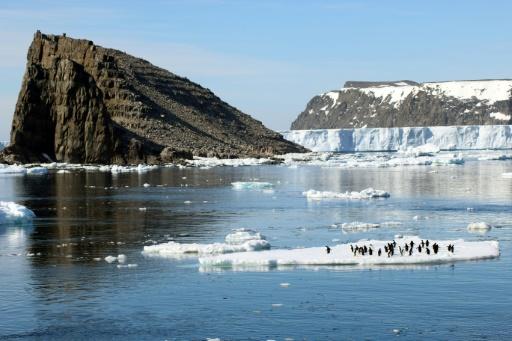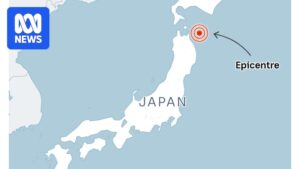
Shifts in Antarctica’s climate system are intensifying and could lead to catastrophic global impacts, scientists have warned. These changes, driven by climate change, have the potential to raise global sea levels by meters, posing severe threats for future generations.
A comprehensive review by leading experts, published in the journal Nature, highlights accelerating changes across Antarctica that are both a cause and consequence of global warming. “Antarctica is showing worrying signs of rapid change across its ice, ocean, and ecosystems,” said Nerilie Abram, lead author and professor at the Australian National University, in a statement to AFP. “Some of these abrupt changes will be difficult to stop.”
Accelerating Climate Shifts
The study examined evidence of abrupt changes, known as “regime shifts,” in various elements of Antarctica’s climate system, including sea ice, regional ocean currents, ice sheets, ice shelves, and marine life. These shifts are interconnected, amplifying each other and accelerating global warming.
One significant concern is the retreat of floating sea ice. Although it does not contribute to sea level rise when it melts, its reduction replaces reflective white surfaces with dark blue water, which absorbs more solar energy. This process contributes to further warming.
“Ninety percent of the heat generated by manmade global warming is soaked up by oceans.”
Retreating Sea Ice
Antarctic sea ice cover, which had slightly increased during the first 35 years of satellite data availability, has dramatically decreased over the last decade. Since 2014, sea ice has retreated an average of 120 kilometers from the continent’s shoreline, a rate three times faster than the decline in Arctic sea ice over nearly 50 years.
The study found “overwhelming evidence of a regime shift in sea ice,” suggesting that on current trends, Antarctica could become ice-free in summer sooner than the Arctic. This shift is likely to accelerate regional and global warming and threaten marine species with extinction.
For instance, emperor penguin chicks have perished at multiple breeding grounds over the past two years, drowning or freezing when sea ice gave way earlier than usual. In 2023, research reported a 100 percent loss of chicks at four out of five monitored sites in the Bellingshausen Sea region.
Threats from Ice Sheets
Unlike sea ice, ice sheets and the ice shelves they are connected to rest on land. Melting the entire Antarctic ice sheet would require a global temperature increase of five degrees Celsius above pre-industrial levels, leading to a staggering 58-meter rise in sea levels.
However, the current global warming of approximately 1.3 degrees Celsius is nearing a threshold that could cause parts of the ice sheet to contribute at least three meters of sea level rise, threatening coastal areas inhabited by hundreds of millions of people.
“Unstoppable collapse of the West Antarctic Ice Sheet is one of the most concerning global tipping points,” Abram noted. “The evidence points to this being triggered at global warming well below 2C.”
Ocean Currents and Ecosystem Impacts
Another critical risk is the potential collapse of the Antarctic Overturning Circulation, a system of ocean currents that distribute heat and nutrients within the region and globally. The study reports a “rapid and substantial slowdown” of these currents, with historical evidence from the previous interglacial period suggesting a similar abrupt stagnation under current conditions.
This collapse could lead to widespread climate and ecosystem impacts, including intensified global warming and reduced ocean capacity to absorb CO2.
Mitigating the Impact
To slow these interlocking changes, scientists emphasize the urgent need to halt the emission of planet-warming gases. “The greenhouse gas emission decisions that we make over the coming decade or two will lock in how much ice we will lose and how quickly it will be lost,” Abram stated.
As the world grapples with the implications of these findings, the focus is increasingly on global climate policies and actions required to mitigate the potential catastrophic impacts of Antarctic climate shifts.






